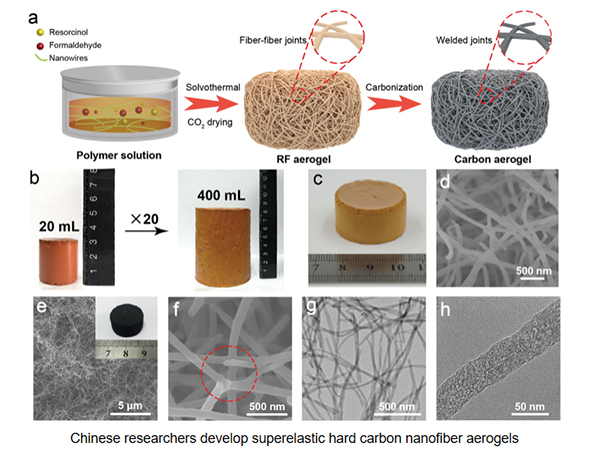
-
 Afrikaans
Afrikaans -
 Albanian
Albanian -
 Amharic
Amharic -
 Arabic
Arabic -
 Armenian
Armenian -
 Azerbaijani
Azerbaijani -
 Basque
Basque -
 Belarusian
Belarusian -
 Bengali
Bengali -
 Bosnian
Bosnian -
 Bulgarian
Bulgarian -
 Catalan
Catalan -
 Cebuano
Cebuano -
 China
China -
 China (Taiwan)
China (Taiwan) -
 Corsican
Corsican -
 Croatian
Croatian -
 Czech
Czech -
 Danish
Danish -
 Dutch
Dutch -
 English
English -
 Esperanto
Esperanto -
 Estonian
Estonian -
 Finnish
Finnish -
 French
French -
 Frisian
Frisian -
 Galician
Galician -
 Georgian
Georgian -
 German
German -
 Greek
Greek -
 Gujarati
Gujarati -
 Haitian Creole
Haitian Creole -
 hausa
hausa -
 hawaiian
hawaiian -
 Hebrew
Hebrew -
 Hindi
Hindi -
 Miao
Miao -
 Hungarian
Hungarian -
 Icelandic
Icelandic -
 igbo
igbo -
 Indonesian
Indonesian -
 irish
irish -
 Italian
Italian -
 Japanese
Japanese -
 Javanese
Javanese -
 Kannada
Kannada -
 kazakh
kazakh -
 Khmer
Khmer -
 Rwandese
Rwandese -
 Korean
Korean -
 Kurdish
Kurdish -
 Kyrgyz
Kyrgyz -
 Lao
Lao -
 Latin
Latin -
 Latvian
Latvian -
 Lithuanian
Lithuanian -
 Luxembourgish
Luxembourgish -
 Macedonian
Macedonian -
 Malgashi
Malgashi -
 Malay
Malay -
 Malayalam
Malayalam -
 Maltese
Maltese -
 Maori
Maori -
 Marathi
Marathi -
 Mongolian
Mongolian -
 Myanmar
Myanmar -
 Nepali
Nepali -
 Norwegian
Norwegian -
 Norwegian
Norwegian -
 Occitan
Occitan -
 Pashto
Pashto -
 Persian
Persian -
 Polish
Polish -
 Portuguese
Portuguese -
 Punjabi
Punjabi -
 Romanian
Romanian -
 Russian
Russian -
 Samoan
Samoan -
 Scottish Gaelic
Scottish Gaelic -
 Serbian
Serbian -
 Sesotho
Sesotho -
 Shona
Shona -
 Sindhi
Sindhi -
 Sinhala
Sinhala -
 Slovak
Slovak -
 Slovenian
Slovenian -
 Somali
Somali -
 Spanish
Spanish -
 Sundanese
Sundanese -
 Swahili
Swahili -
 Swedish
Swedish -
 Tagalog
Tagalog -
 Tajik
Tajik -
 Tamil
Tamil -
 Tatar
Tatar -
 Telugu
Telugu -
 Thai
Thai -
 Turkish
Turkish -
 Turkmen
Turkmen -
 Ukrainian
Ukrainian -
 Urdu
Urdu -
 Uighur
Uighur -
 Uzbek
Uzbek -
 Vietnamese
Vietnamese -
 Welsh
Welsh -
 Bantu
Bantu -
 Yiddish
Yiddish -
 Yoruba
Yoruba -
 Zulu
Zulu
Effective Techniques and Strategies for Inserting Rock Bits in Drilling Operations
Inserting Rock Bits Techniques and Strategies for Efficient Drilling Performance
In the realm of drilling operations, the insertion of rock bits plays a crucial role in determining the efficiency and success of borehole creation. Rock bits, essential tools in various drilling applications—including oil and gas exploration, mining, and water well drilling—are designed to break rock formations effectively. As the industry evolves, so do the techniques and strategies that optimize the insertion of rock bits into the drilling site. This article explores some of the most influential methods and considerations for maximizing drilling performance.
Understanding Rock Bits
Before delving into insertion techniques, it is vital to understand what rock bits are and how they function. Rock bits come in various types, including roller cone bits, fixed cutter bits, and PDC (polycrystalline diamond compact) bits. Each type is specifically designed for different geological formations and drilling requirements. The selection of the appropriate rock bit is paramount and depends on factors such as rock hardness, drilling environment, and desired rate of penetration (ROP).
Key Insertion Techniques
1. Bit Selection and Design The first step in an efficient drilling operation is selecting the right bit for the task. Engineers should analyze the geological conditions and assess the rock type, formation stresses, and the presence of fractures or faults. Innovations in bit design, such as the integration of advanced materials and specialized cutting structures, can significantly enhance performance and durability. For instance, PDC bits offer high penetration rates and longevity, making them ideal for hard rock formations.
2. Installation and Alignment Proper installation and alignment of the rock bit are crucial to ensure optimal performance. Misalignment can lead to uneven wear and excessive energy consumption. Employ tools like drill string stabilizers to maintain alignment and reduce vibrations during drilling, which can result in more efficient rock cutting and reduced operational costs.
3. Drilling Parameters Optimization Fine-tuning drilling parameters such as weight on bit (WOB), rotary speed, and mud properties is essential. Too much WOB can cause bit damage, while too little can lead to inadequate penetration rates. Moreover, adjusting the rotary speed can help achieve the optimum ROP while minimizing bit wear. Implement real-time monitoring technologies to continuously assess and optimize these parameters based on live data.
inserting rock bits techniques and strategies for efficient ...

4. Use of Drilling Fluids The choice of drilling fluids also impacts the efficiency of rock bit insertion. In addition to cooling and lubricating the bit, drilling fluids help remove rock cuttings from the borehole, which can otherwise hinder penetration. The density and viscosity of the fluid must be carefully managed to maintain hydrostatic pressure and prevent wellbore instability.
Strategic Considerations
1. Continuous Improvement Implementing a culture of continuous improvement through data analysis and feedback loops allows drilling teams to learn from past experiences. Reviewing key performance indicators (KPIs) such as ROP and bit life can provide insights into what works best in various conditions and contribute to refining processes.
2. Training and Skill Development Ensuring that personnel are well-trained in the latest drilling techniques, equipment, and technology is vital. Regular training sessions and workshops can help team members stay updated on innovations in rock bit technology and effective operational strategies.
3. Collaborative Approaches Engaging with bit manufacturers and industry experts can lead to better outcomes. Partnerships can facilitate access to specialized knowledge and tools, helping to align drilling practices with the latest technological advancements.
Conclusion
Inserting rock bits effectively is a multifaceted process that involves selecting the right equipment, optimizing drilling parameters, and maintaining proper alignment and fluid management. By adopting modern techniques and focusing on continuous improvement, teams can enhance drilling performance, reduce costs, and achieve their operational goals. As the drilling industry continues to advance, the integration of innovative strategies will be key to navigating the challenges of increasingly complex geological formations and competitive market dynamics.









